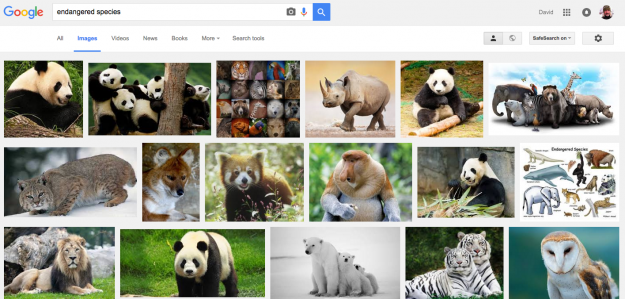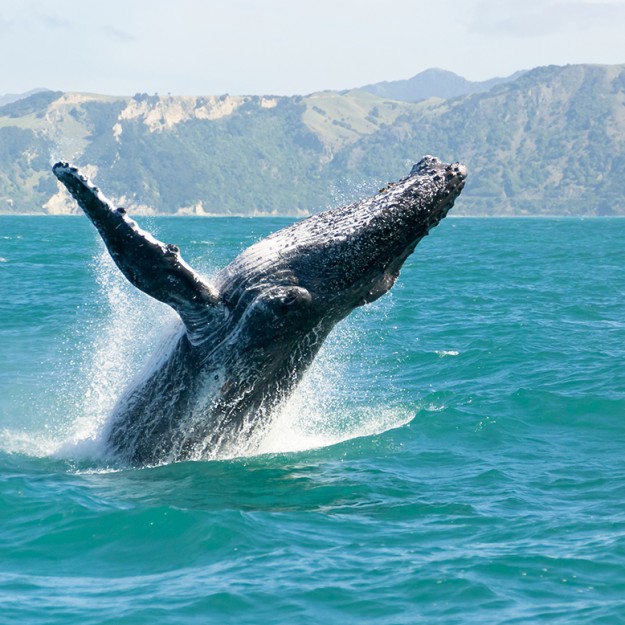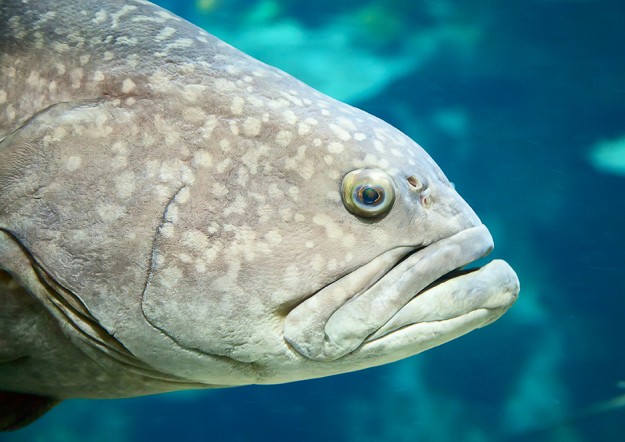
Atlantic halibut
Bluefin tuna
Acadian Redfish
Orange Roughy
Goliath grouper
Winter skate
Beluga sturgeon
Bocaccio Rockfish
European eel
Maltese Ray
No, that’s not today’s seafood menu. Although I wouldn’t blame you for wondering if it were, because, truth be told, it sure looks like one. And a pretty good one at that.
What it is, in fact, is a list of the top 10 most endangered species of fish in the world.
Let that thought sink in for a second. Kind of alarming, no?
When the subject of extinction comes up, I tend to think of mammals — elephants and polar bears and Siberian tigers. Who doesn’t? But, fish? Hardly. Whales come to mind, sure, but that’s because they’re smart and they sing and play. And they’re not fish!
Do a Google image search for “endangered species”, and what you get are page after page of majestic creatures — the lion, the rhinoceros, owls and gorillas — roaming and at rest in their habitats. Furry and feathered creatures that have one thing in common: they — just like us — live on land.

And none of them appear on any menu you’ll ever see. When it comes to the land animals we consume, our markets prefer livestock, not hunting. But for seafood, it’s another tale. Fishing is really about plundering natural habitats.
We look at fish as nothing more than food.
And perhaps due to its vastness, we seem to regard the oceans with a sense that they can take all kinds of abuse — that the seas are some kind of infinite reservoir of life.
Even though we know better, our collective attitude to the ocean might spring from the fact that destruction of its ecosystems is happening where we can’t observe it and relatively few of us can experience it. As they say: out of sight, out of mind.
But why do fish get short shrift when it comes to public’s interest in protecting wildlife? Susanna Lidström is an ecocriticism researcher with the Environmental Humanities Laboratory at KTH Royal Institute of Technology who has been looking into this question.

“Even on land, it is a fact that some species — almost always so-called charismatic mammals — win the sympathy of the public in a completely different way than the more inconspicuous animals, although they also play very important roles in different ecosystems,” she says. “The sea reinforces the problem.”
And the creatures that we “harvest” from the sea are — let’s face it — a little alien. Their unblinking, expressionless eyes are a metaphor for impervious mindlessness. Scaly, slimy and coldblooded, they don’t even breathe the way we, or lions or even whales, do. And they make dubious cuddle toys for children, too.
Granted, I’ve seen some fluffy Nemo toys and they are really cute. But fish don’t have fur, so it’s a bit of a cheat. Imagine the reaction if you gave a 4-year-old a rubber fish to cuddle up with in bed. Why would anyone do that?

But by turning a cold shoulder to the lowly fish, we risk more than hurting its feelings — which we all know they don’t have because they can’t feel pain, right?
Lidström offers an example: “Time and time again we see how decision-making goes against scientific advice about overfishing, probably because pressure from the fishing industry is not countered by public demand for greater protection of fish species.”
The political decision-making thus far reflects the obvious: fish need better PR if they’re going to get the consideration that mammals and birds benefit from. Not that some people don’t try. Groups like the World Wild Fund do wonderful work on behalf of fish, but it is perhaps telling that the WWF relies on an image of a cuddly panda bear as its symbol.
And I suppose that’s unavoidable. If the logo had a fish in it, people would assume it’s a fishing club.
For fish, finding any sign of friendship on land is as hard as finding oxygen. Even people who care about wild fish talk about their populations as “fish stocks” and their habitats as “fisheries”, terms that convey the message that fish exist only for commercial exploitation.
It’s a peculiar status for these creatures. Everyone wants them hunted down and brought to their table, but if even a single species, such as the bluefin tuna, were to vanish from the seas, we’d be horrified.
Or maybe we wouldn’t. We just can’t help ourselves.
David Callahan

not have’m like in love with any animal, for I am against any medium that can kill them.
Awesome article!